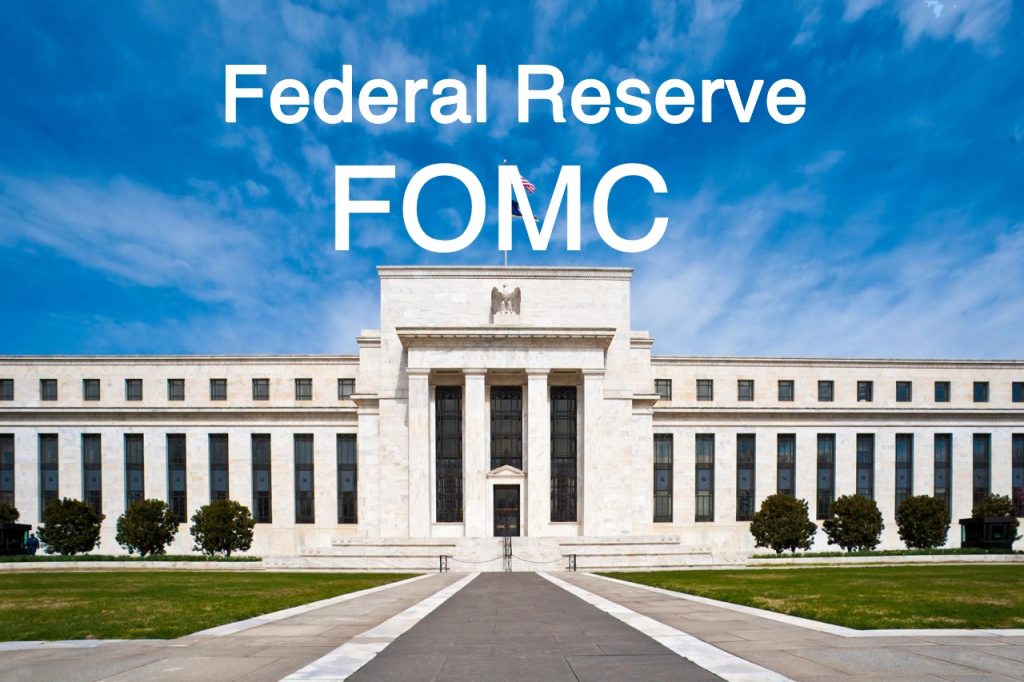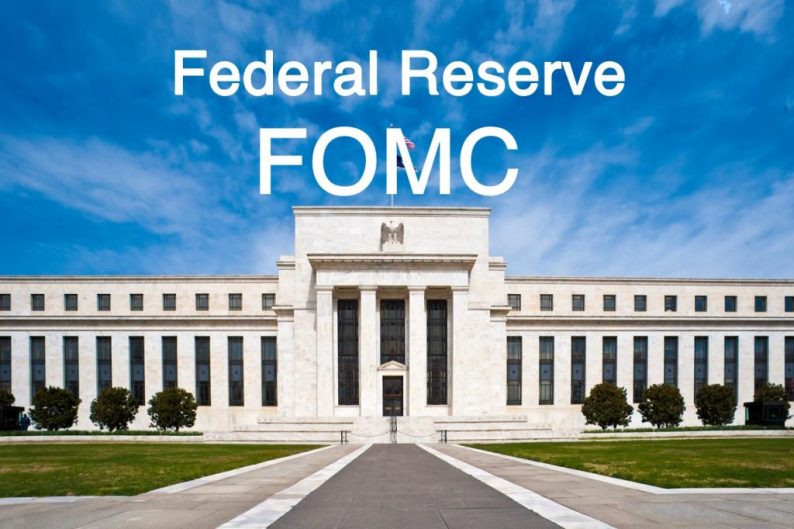As is the custom for Fed chairs, Chairman Powell provided the kickoff address to the Kansas City Fed’s annual Jackson Hole symposium, broadly attended by many of the world’s central bankers.

For those who are unfamiliar with the conference, the papers presented are generally conceptual economic policy documents with a distinctly longer-run, bigger-picture focus rather than a discussion and assessment of current policy. In that vein, Chairman Powell provided an interesting and thoughtful discussion of the problems that he and the Fed face in setting policy going forward.
Some commentators on the speech focused on missing elements such as Powell’s failure to mention trade and tariff issues or the changing role that international economic integration has on the policy environment of changing policy regimes. These factors are clearly important but weren’t central to Chairman Powell’s thought piece, which really focused on the more abstract conceptual framework upon which the Fed’s current policy depends.
Before discussing that framework, however, Powell first provided a brief, but obligatory, overview of the current economic situation. It proved to be just a restatement of what was noted in the FOMC’s July/August policy statement and subsequent minutes. He noted that growth is strengthening, unemployment is at a 30-year low, and inflation is at the 2% objective. There was nothing new or noteworthy here.
Then Chairman Powell then turned to the more interesting part of the speech – interesting in part because it appears that he is revealing his own discomfort with the current policy framework. He first poses two disparate questions that observers and critics might ask any FOMC participant today, questions that encapsulate the policy conundrum the FOMC now faces. The questions are paraphrased below:
(1) With unemployment so low, why isn’t the FOMC tightening policy faster to head off potential overheating and a rise in inflation?









Leave A Comment